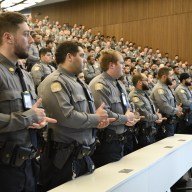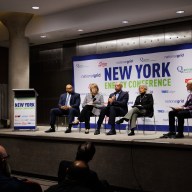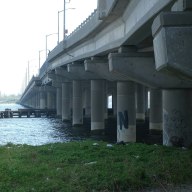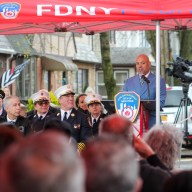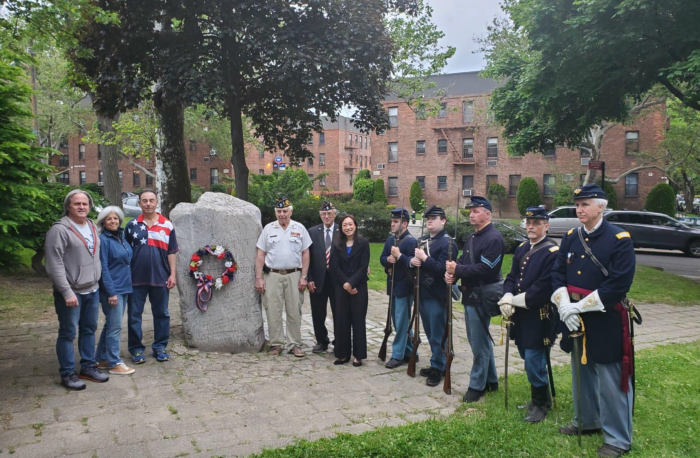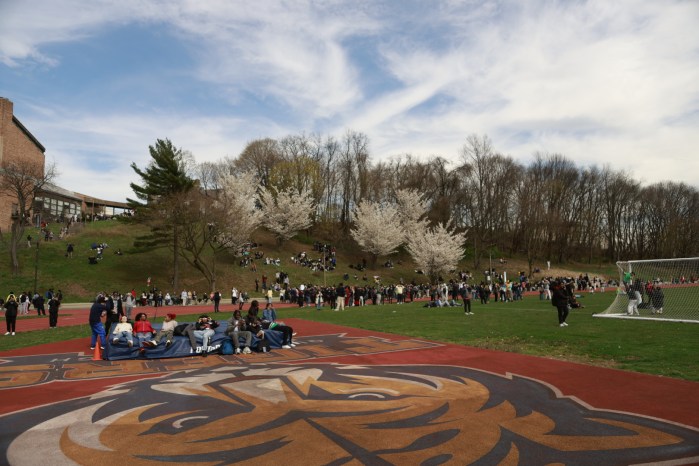By Joan Brown Wettingfeld
In the early days of steam navigation, there was no interest from the locality of the North Shore of Long Island to navigate the waters of New York. The one exception was for sailing vessels.
Not before 1830 did steamboats begin their run to the North Shore and its nearby settlements and villages. In use as early as 1831, however, the “Linneaus,” owned by Capt. Elijah Peck and in service for Flushing, was unfortunately a few years later sold to a party in Philadelphia.
Running to Glen Cove and Cold Spring Harbor in 1845, and a few seasons later, was the vessel the “American Eagle.” In 1848, the “Croton” was on the Glen Cove route and the largest steamboat to date on Hempstead Bay. This vessel found the route most profitable and continued service until 1854, later being purchased by the U.S. War Department in the early part of the Civil War.
Sold when the strife was over, she served Whitestone, Glen Cove, Oyster Bay and Cold Spring Harbor, later adding Glenwood and Roslyn. During the summer of 1853, she made two round trips daily to Glen Cove, leaving New York at 9:30 a.m.
The “Glen Cove,” built in 1854 by Thomas Collyer, a noted shipbuilder, was a fast boat and fine-looking. It was run by the New York and Glen Cove Co. until June 1856. Thereafter, a new owner placed her on the Hudson River Day Line, where she made fast trips. Unfortunately, the traveling public did not have the greatest confidence in this vessel.
During this time, the “Reindeer” and the “Armenia,” of the Hudson River Day Lines, were also constructed by Collyer. The “Star” and the “Statesman” were put on the route, and at times these vessels ran as far as Glen Cove and stopped at landings along the way.
In 1852, Peck was to withdraw his vessels and his “Island City” was the only boat he had running to Flushing until 1860.
The opening of the railroad was to end passenger service by water.
Listed here are sidewheel steamboats which were also prominent:
• “Linnaeus,” built in New York in 1824, weighed 92 tons and was abandoned in 1852.
• “Flushing,” built in New York in 1830, weighed 107 tons and burned in Machias, Maine, Dec. 17, 1856.
• “Washington Irving,” built in New York in 1844 by Collyer, weighed 149 tons.
• “Island City,” built in New York in 1850 by Collyer, weighed 196 tons. It was sent to the U.S. Army Quartermaster Department Feb. 5, 1863, and returned to private ownership and renamed the “Palisade.” It was sent to Fort Lee, N.J., and rebuilt and redocumented in 1875 as the “Sarah K. Taggert.” It was later renamed “Norwood” and burned in 1894.
• “Enoch Dean” was built at Keyport, N.J., in 1852 by Benjamin Terry.
Joan Brown Wettingfeld is a historian and freelance writer.







